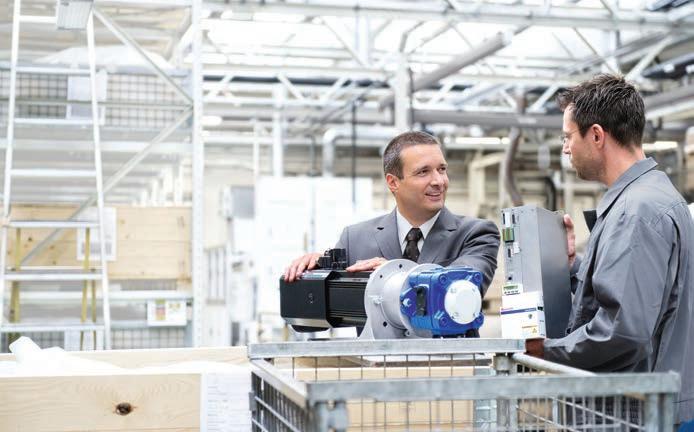PowerTransmission 17
SEA EXPLORATION TAKES A NEW TACK Autonomous surface vehicles play an increasingly essential role in analyzing what’s occurring in the world’s oceans. By Don Nester
F
or many scientists, the next exploration frontier is discovering and retrieving information that can be found in oceans throughout the world. Autonomous vehicles are paying a significant part in the process, and a recent experiment in the Bering Sea just off the border of Canada provided some interesting results. “From research, it is clear that autonomous vehicles play an important role in the future of ocean observing,” said Noah Lawrence-Slavas, an engineer with the National Oceanic and Atmospheric Administration (NOAA). Cost, limited data and reliance on manpower are the most important reasons why many scientists are now incorporating autonomous surface vehicles and subsurface vehicles (AUV) to retrieve data. Lawrence-Slavas and a team from the NOAA used two autonomous vehicles to compare data collected from a noise-reduced research vessel. In the project for the NOAA, two wind and solar-powered autonomous surface vehicles, designed and manufactured by California-based Saildrones, were deployed in the Bering Sea – a waterway close to Canada’s western border – for 103 days. They were equipped with echosounders, a type of sonar used to determine the depth of water by transmitting sound waves. The goal was to look deep into the water underneath the autonomous vehicles and measure everything that reflects the sound waves. The echosounders, made by Simrad, included two components manufactured by igus: chainflex data cables and an energy chain that acts as a bend limiter to increase cable flexure life. Changing Methods Ocean observation is taking an autono-
Designed and manufactured by California-based Saildrones, these wind and solar-powered autonomous surface vehicles, equipped with echosounder sonar, perform bathymetric surveys in the Bering Sea.
mous turn. In addition to the costs of chartering a ship – which can range up to $35,00 per day – ships can also only collect data along the vessel’s path. “Ships are very expensive to build, crew and operate,” Lawrence-Slavas said. “The NOAA fleet is shrinking while demand is increasing. In 2017, the NOAA fleet was meeting less than 50 percent of the demand for days at sea. The discrepancy has become greater as we continue to lose capability due to attrition from aging ships.” Buoys and satellite observations have also been used to collect ocean data, but also have limitations. Lawrence-Slavas said buoys provide excellent time-series information to look at long-term trends. “But they do a poor job of resolving spatial changes in the ocean, particularly in highly variable coastal regions where you can see significant changes in the ocean over short distances,” he said. Buoys also require ships, which increases costs and contributes to limited ship resources. While satellite observations are expanding, they cannot see below the molecule thick skin of the ocean. They
also don’t have the resolution needed to resolve many important fine scale processes and lack the accuracy needed for many measurements. With those limitations and costs involved, ASVs and AUVs are becoming increasingly critical in ocean observation. They reduce ship time requirements and increase the spatial coverage of buoy measurements. “They are not a 1:1 replacement for ships or buoys, but are more of an augmentation to these traditional technologies in order to expand our understanding of the ocean and to make more cost-efficient measurements,” Lawrence-Slavas said. Reliable data cables Data cables from igus played a critical role in gathering information from the experiment with the Saildrone. The cables are used in heavy-duty applications in indoor and outdoor environments. When supported, they have gliding travel distances up to 40 meters and are typically used in high-bay warehouses, machining units and machine tools, semiconductor inser-
www.design-engineering.com March/April | 2020





